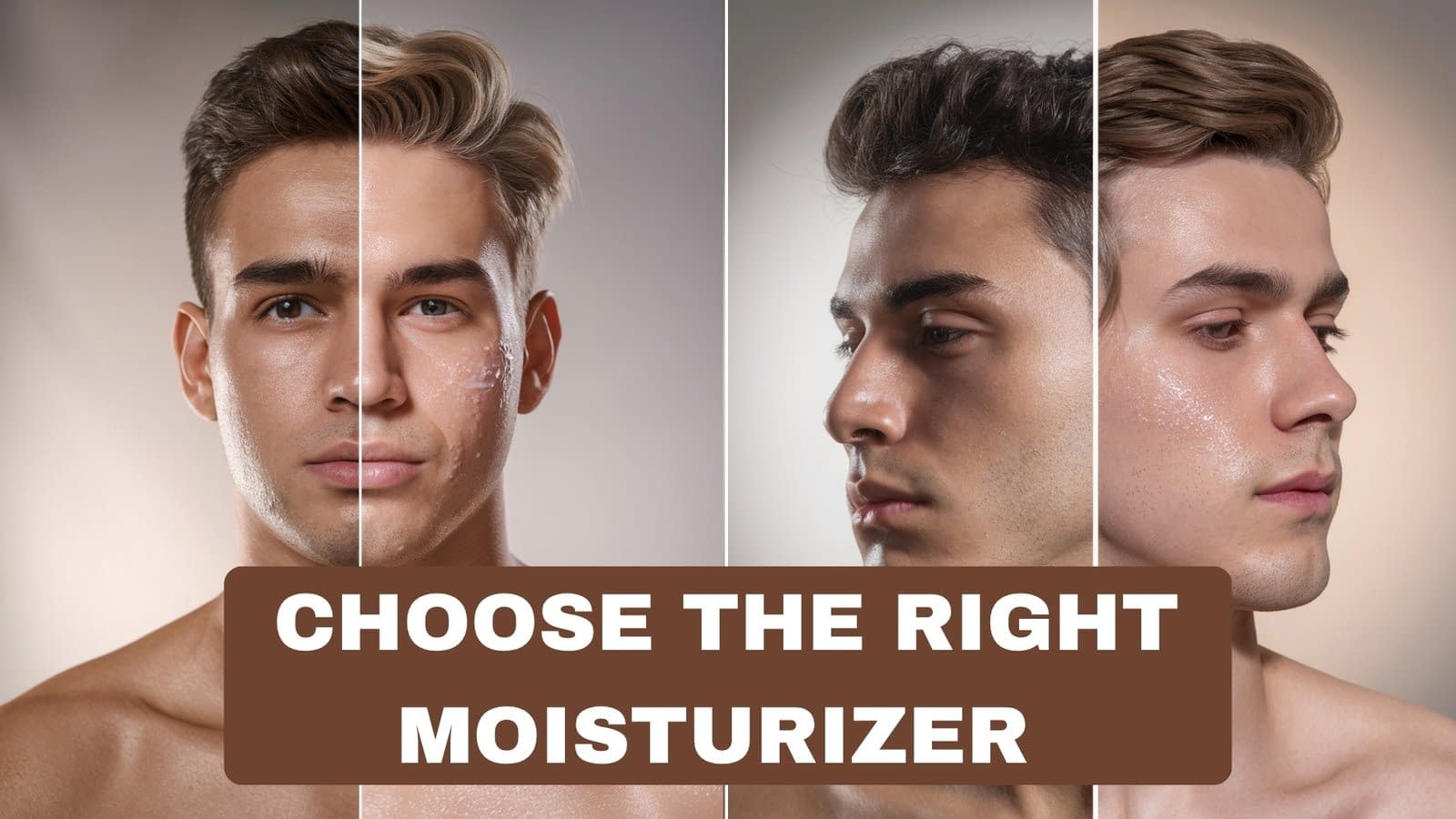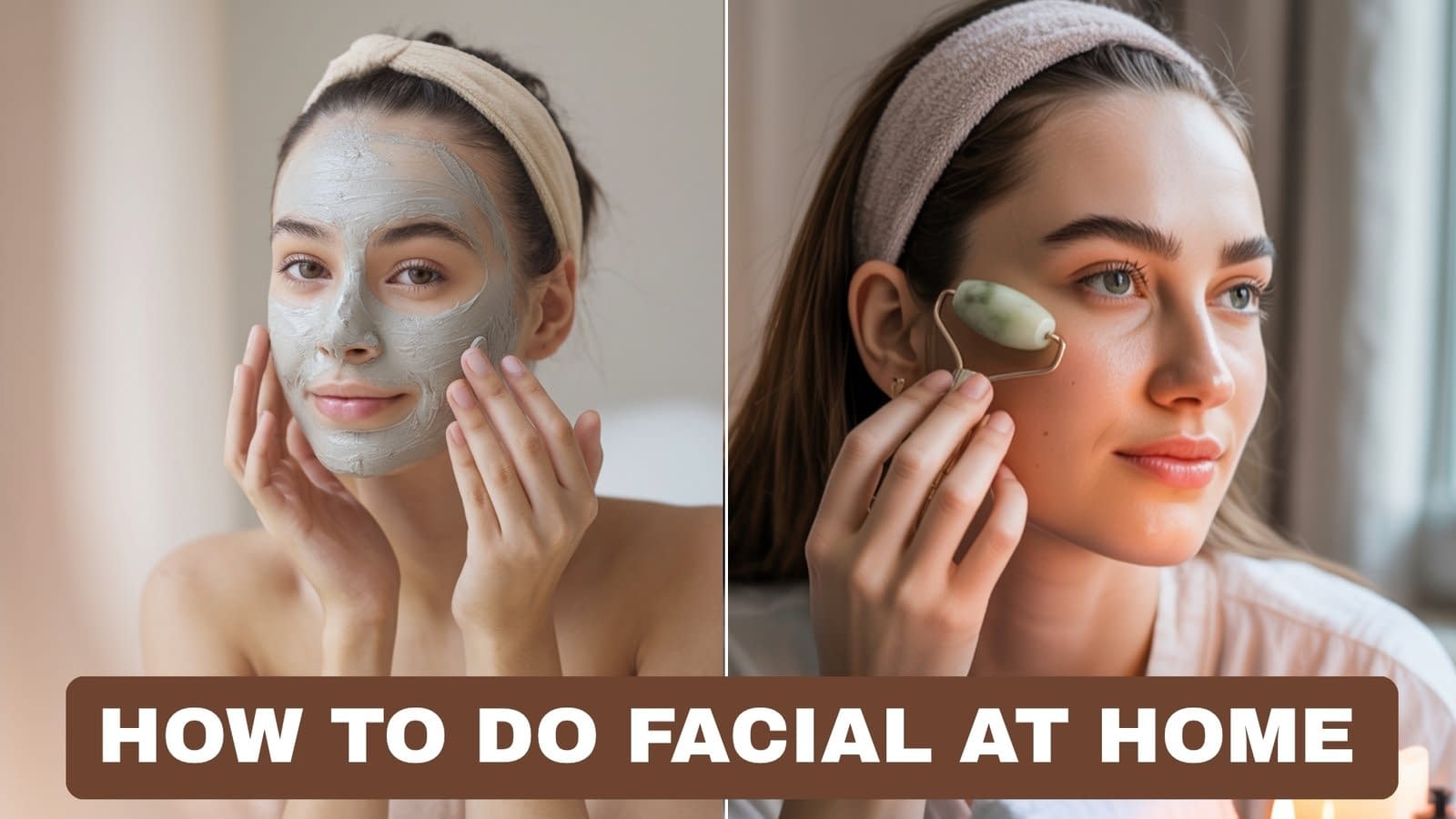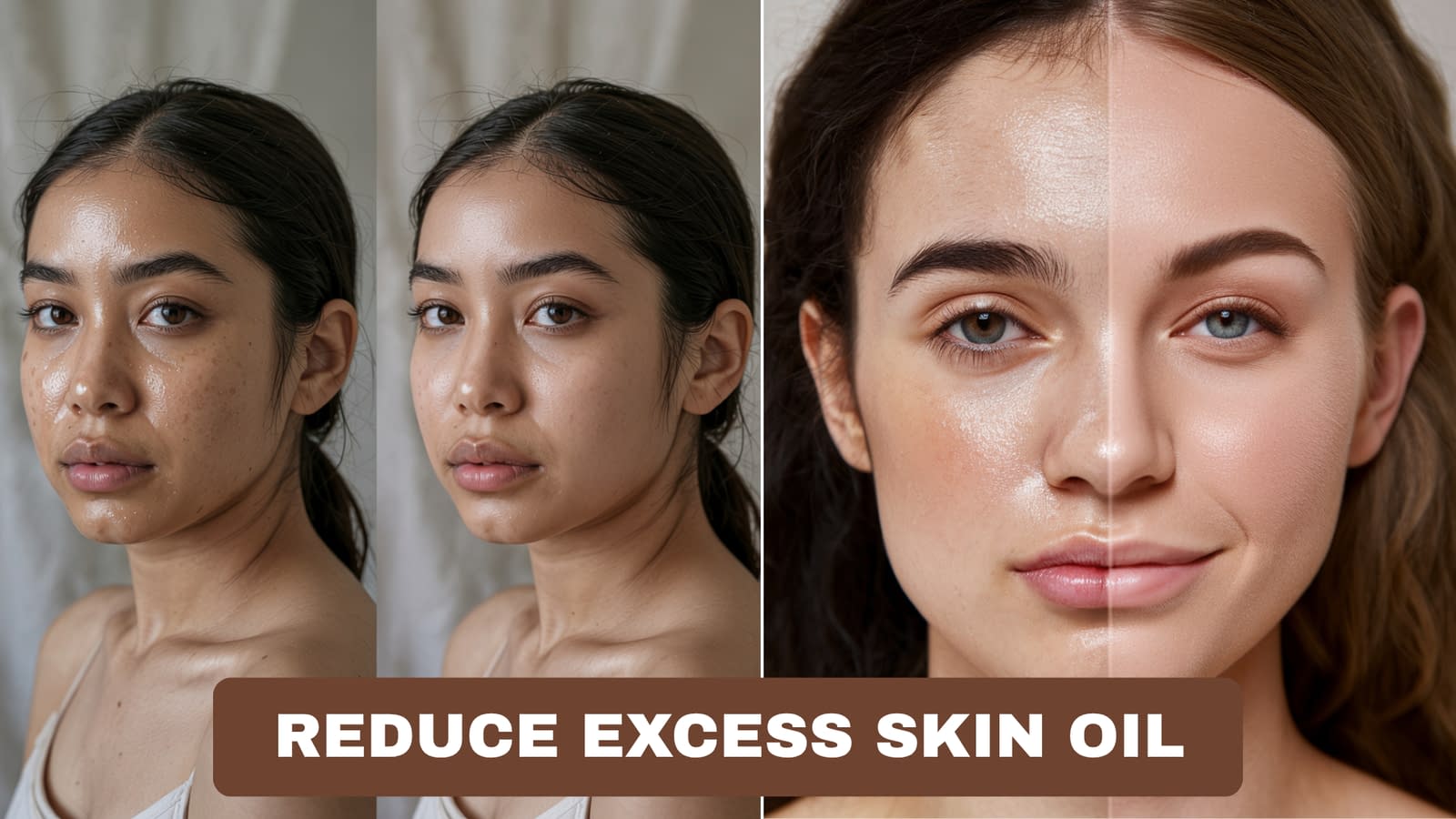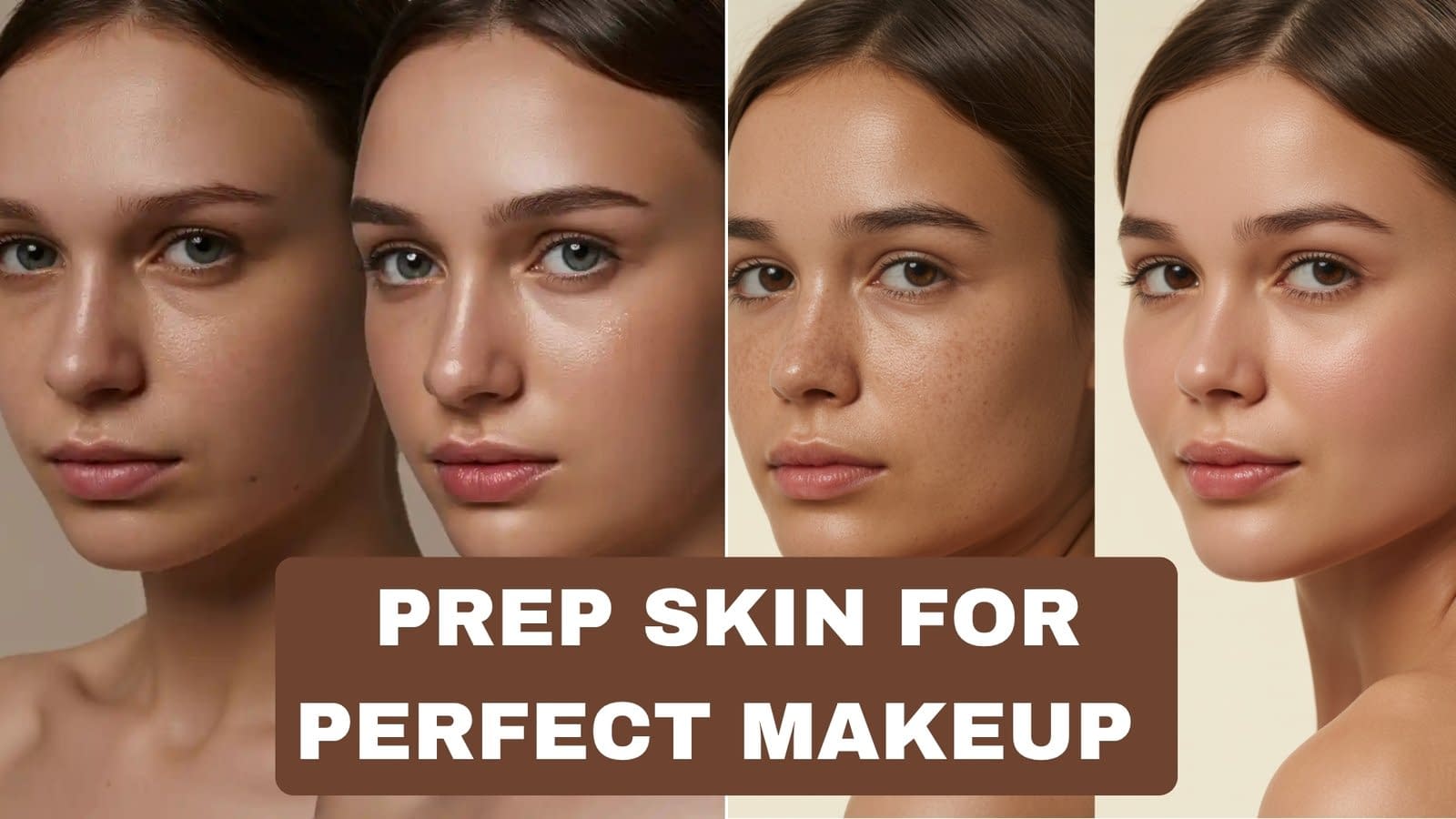Think you’ve mastered skincare? Think again. Even if you follow a daily routine, small mistakes—repeated day after day—can quietly sabotage your skin’s health and glow. Below you’ll find a friendly, practical breakdown of seven of the most common errors people make, why they matter, and step-by-step fixes you can implement today. This isn’t about chasing trends; it’s about building simple, effective habits so your skin looks healthier and more radiant over time.
Why small habits matter more than fancy products
Skincare noise is everywhere: influencers proving the latest viral hack, shelves stacked with 12-step regimens, and new actives that promise miracle results. But healthy skin is mostly the result of consistent, evidence-based daily habits. A single wrong habit—like skipping sunscreen or sleeping in makeup—repeated for months creates damage that no one product can erase overnight.
This guide focuses on seven common mistakes people make every day and gives clear, practical fixes you can start doing right now. Each section includes why the mistake matters, what to change, and step-by-step actions to make the new habit stick. Think of this as a friendly tune-up for your routine: small, realistic changes that add up to big improvements.
Over-Cleansing: When “Too Clean” Hurts Your Skin

Why it matters
Your skin needs a certain amount of natural oil and a healthy barrier of lipids to stay hydrated and protected from irritation, bacteria, and environmental stressors. Over-cleansing—washing too often or with harsh soaps—strips that barrier, leading to tightness, redness, increased sensitivity, and sometimes rebound oiliness.
Signs you’re over-cleansing
- Tight, uncomfortable skin after washing
- Persistent redness or flakes
- Increased breakouts or oiliness after cleansing
- Products sting or feel harsher than they used to
How to fix it — step-by-step
- Cut back frequency: Cleanse twice a day—morning and evening. If you didn’t sweat heavily or wear makeup, a gentle rinse in the morning may be enough.
- Use a gentle, pH-balanced cleanser: Look for sulfate-free, fragrance-free formulas labeled “gentle” or “for sensitive skin.” Cream or gel cleansers are usually less stripping than foaming detergents.
- Lukewarm water only: Hot water strips oils faster. Wash with lukewarm water and finish with a cool splash if you like.
- Pat dry—don’t rub: Use a soft towel and gently pat, leaving skin slightly damp before applying products (helps absorption).
- Replace abrasive tools: Skip rough scrubbing brushes or micro-exfoliating cloths daily; reserve them for occasional use if at all.
- Add a barrier repair step at night: If your skin is dry, use a moisturizer with ceramides, fatty acids, or cholesterol to rebuild the lipid barrier.
Quick product cues
- Avoid: Sulfate heavy foams, alcohol-based toners immediately after cleansing.
- Prefer: Cream or gel cleansers, cleansing balms or oils for heavy makeup days (use double cleanse then—see makeup section).
Skipping Sunscreen (Even Indoors)
Why it matters
UV radiation is the single biggest preventable cause of premature aging (lines, discoloration), and it contributes to skin cancer risk. UV rays travel through clouds and windows—so “I’m indoors” is not an automatic shield.
How to fix it — step-by-step
- Make SPF the last step of your morning routine: After moisturizer, apply a broad-spectrum sunscreen with at least SPF 30 every morning.
- Use enough: For your face and neck use about a nickel–quarter size (roughly 1/4 to 1/2 teaspoon). Don’t skimp.
- Reapply when needed: If you’re outdoors, reapply every 2 hours and immediately after sweating or swimming. If you’re indoors but near windows or using a lot of video calls with bright light, consider reapplying midday.
- Choose the right type:
- Mineral (physical): zinc oxide or titanium dioxide — good for sensitive skin.
- Chemical: avobenzone, octisalate, etc. — lighter feel but choose stable formulas.
- Layer with makeup: If makeup is part of your routine, use sunscreen under makeup or a tinted SPF foundation/lightweight SPF product. Powder SPFs can help quick touchups but aren’t a complete substitute.
- Protect hands and neck: These often show sun damage first—apply SPF to these areas too.
Quick product cues
- Look for: “Broad spectrum,” SPF 30+.
- Don’t forget: Sunscreens can expire—check dates and storage.
Using Harsh Exfoliants Too Often

Why it matters
Exfoliation speeds cell turnover and helps texture and dullness, but too much or too harsh a method damages the skin barrier, causes inflammation, and leads to redness or breakouts.
Types of exfoliants
- Physical: scrubs, brushes, micro-derm devices. Risky if abrasive.
- Chemical: AHAs (glycolic, lactic)—surface smoothing; BHAs (salicylic)—oil-soluble, great for pores/acne; PHAs—gentler alternatives.
How to fix it — step-by-step
- Assess your skin type:
- Dry/sensitive: favor gentle PHAs or low-% lactic acid, 1–2x/week.
- Oily/acne-prone: low–moderate % salicylic acid 1–3x/week.
- Normal/combination: AHA or BHA 1–3x/week depending on strength.
- Start slow: Begin with once per week and observe for two weeks before increasing frequency.
- Choose gentle products: Skip gritty scrubs and hard brushes. Prefer chemical exfoliants at lower concentrations if you’re new to acids.
- Patch test new actives: Test on a small area for 48 hours.
- Don’t mix strong actives: Avoid using retinoids and high-strength acids on the same night. Space them (acid nights vs retinoid nights).
- Follow with barrier repair: After exfoliating, apply a soothing, hydrating moisturizer and avoid alcohol toners.
- Stop if you see irritation: Redness, burning, or peeling beyond mild temporary signs = back off.
Quick product cues
- AHA (e.g., glycolic) for surface texture and pigmentation.
- BHA (salicylic) for comedonal acne and congested pores.
- PHAs if you’re sensitive—gentler, but effective.
Ignoring Your Neck and Hands
Why it matters
The neck and hands have thinner skin and are exposed to the sun and environmental insults constantly. They show early aging—discoloration, crepey skin, and loss of firmness.
How to fix it — step-by-step
- Extend your face routine: Apply the same morning moisturizer and sunscreen down to your neck and upper chest (décolletage). Do this every day.
- Treat hands like a face:
- In the morning: apply SPF to the backs of your hands.
- At night: apply a nourishing hand cream with humectants (glycerin, hyaluronic acid) and occlusives (shea, dimethicone).
- Add targeted actives:
- For the neck: consider using your retinoid (start low and go slow) or peptides to improve texture—apply gently and monitor for sensitivity.
- For hands: a nightly hand cream containing niacinamide and SPF during daytime.
- Gentle massage: When applying product to the neck, use upward strokes (don’t tug) and be gentle.
- Weekly treatment: Use a hydrating mask or heavier emollient on hands once or twice a week, especially in dry seasons.
Quick product cues
- Avoid heavy fragrances on neck and hands if prone to sensitivity.
- Use targeted serums only when skin acclimated—these areas can be more reactive.
Layering Products the Wrong Way
Why it matters
Applying products in the wrong order reduces absorption, limits efficacy, and can cause pilling. The general rule: thin → thick, water-based → oil-based, and active timing (AM vs PM) matters.
How to fix it — step-by-step
General AM order
- Cleanser (if cleansing in the morning)
- Antioxidant serum (e.g., vitamin C) — helps protect from daytime oxidative stress
- Hydrating serums (hyaluronic acid or niacinamide)
- Lightweight treatments (e.g., acne spot treatments) if used
- Moisturizer
- Sunscreen (last step)
General PM order
- Makeup removal / cleanse (double cleanse if wearing heavy makeup/sunscreen)
- Toner or hydrating essence (optional)
- Thin serums and water-based treatments (brightening serums, hydrating ingredients)
- Thicker treatments (retinoids, prescription actives) — apply to dry skin unless product says otherwise
- Moisturizer or night cream
- Face oil (if used) — oil last
Layering tips
- Wait a short moment between water-based serums and creams to let them absorb (about 30–60 seconds).
- Don’t mix incompatible actives in the same layer (e.g., high-strength vitamin C and benzoyl peroxide can counteract each other; acids and retinoids together often cause irritation).
- Patch test combinations: if trying a new protocol, introduce one product at a time and monitor.
- Use the “think thin to thick” rule: apply the product with the most watery texture first.
Sleeping With Makeup On — A Skin Nightmare

Why it matters
Sleeping in makeup clogs pores, traps pollutants, prevents skin from repairing overnight, and accelerates dullness and breakouts. Makeup, combined with sebum and sweat, is a breeding ground for bacteria and can accelerate fine lines when left on nightly.
How to fix it — step-by-step
- Create a simple evening exit routine: Make removing makeup a non-negotiable step—keep makeup remover and cleanser visible and easy to access.
- Double cleanse when needed:
- Step 1: Oil-based cleanser or micellar water to dissolve makeup, sunscreen, and impurities.
- Step 2: Gentle water-based cleanser to remove residue and impurities.
- Quick emergency fix: If too tired for a full routine, at minimum use a micellar water wipe or cleansing oil on cotton to remove makeup, then rinse.
- Clean your tools: Wash makeup brushes and sponges weekly to prevent bacterial buildup.
- Night mask once in a while: After cleansing, treat skin with a hydrating mask or overnight moisturizer to repair and boost hydration.
- Make it a habit: Put “remove makeup” in your phone’s bedtime reminder until it becomes automatic.
Quick product cues
- Oil cleansers are effective at breaking down waterproof makeup and sunscreen.
- Micellar water is good for quick removal but follow with a rinse if possible.
- Avoid harsh makeup-remover wipes repeatedly; they can be drying and abrasive.
Not Moisturizing Oily or Acne-Prone Skin
Why it matters
Skipping moisturizer when you’re oily often makes skin produce more sebum to compensate, worsening oiliness and sometimes making acne worse. Proper hydration balances sebum production and supports barrier health.
How to fix it — step-by-step
- Choose the right texture:
- Gel or lotion moisturizers for oily skin (look for “oil-free” or “non-comedogenic”).
- Lightweight, fast-absorbing formulas with humectants (hyaluronic acid, glycerin) and mattifying ingredients (niacinamide).
- Use targeted ingredients:
- Niacinamide: reduces sebum production and calms inflammation.
- Hyaluronic acid: hydrates without oil.
- Lightweight ceramides: support barrier repair without heaviness.
- Apply to damp skin: Damp skin locks in moisture better—apply moisturizer after cleansing while skin is slightly damp.
- Spot-treat acne: Use an acne spot treatment (benzoyl peroxide or salicylic acid) where needed, then follow with moisturizer to avoid excessive dryness.
- Don’t forget SPF: Use an oil-free sunscreen in the morning—many modern formulas are lightweight and won’t clog pores.
- If you’re on acne meds: Many prescription treatments dry skin (e.g., benzoyl peroxide, retinoids). Prioritize a non-comedogenic moisturizer to reduce irritation and improve adherence.
Quick product cues
- Avoid heavy oils or thick creams if you’re acne-prone.
- Always check “non-comedogenic” on labels if clogged pores are a concern.
Bonus Tip: Listen to Your Skin — Not Just Trends

Trends can be useful for discovery, but your skin is the best feedback system. What works for someone else may not work for you.
Practical listening tips
- Introduce one product at a time and wait 2–4 weeks to evaluate results.
- Patch test new active ingredients on a small area for 48 hours before full-face use.
- Keep a skin diary for two months: note products used, diet, sleep, stress, and any changes—patterns emerge.
- Respect signs of irritation: stinging, burning, persistent redness = stop and simplify.
- Consult a pro: If you have persistent acne, severe eczema, or sudden changes (sudden pigmentation, bleeding, lumps), see a dermatologist.
Final Words
Skincare isn’t about collecting the most expensive products or copying celebrity routines. It’s about consistency, gentle care, and paying attention to the basic rules: protect, hydrate, and don’t overdo. Start by fixing one mistake from this list—make that change for four weeks and notice the difference. Then add the next.
The biggest wins come from simple habits: wearing sunscreen daily, using a gentle cleanser, exfoliating thoughtfully, and applying a suitable moisturizer—even for oily skin. Extend care beyond your face to the neck and hands, remove makeup nightly, and layer products in the right order. Over time these small, smart changes will add up to healthier, more radiant skin.








